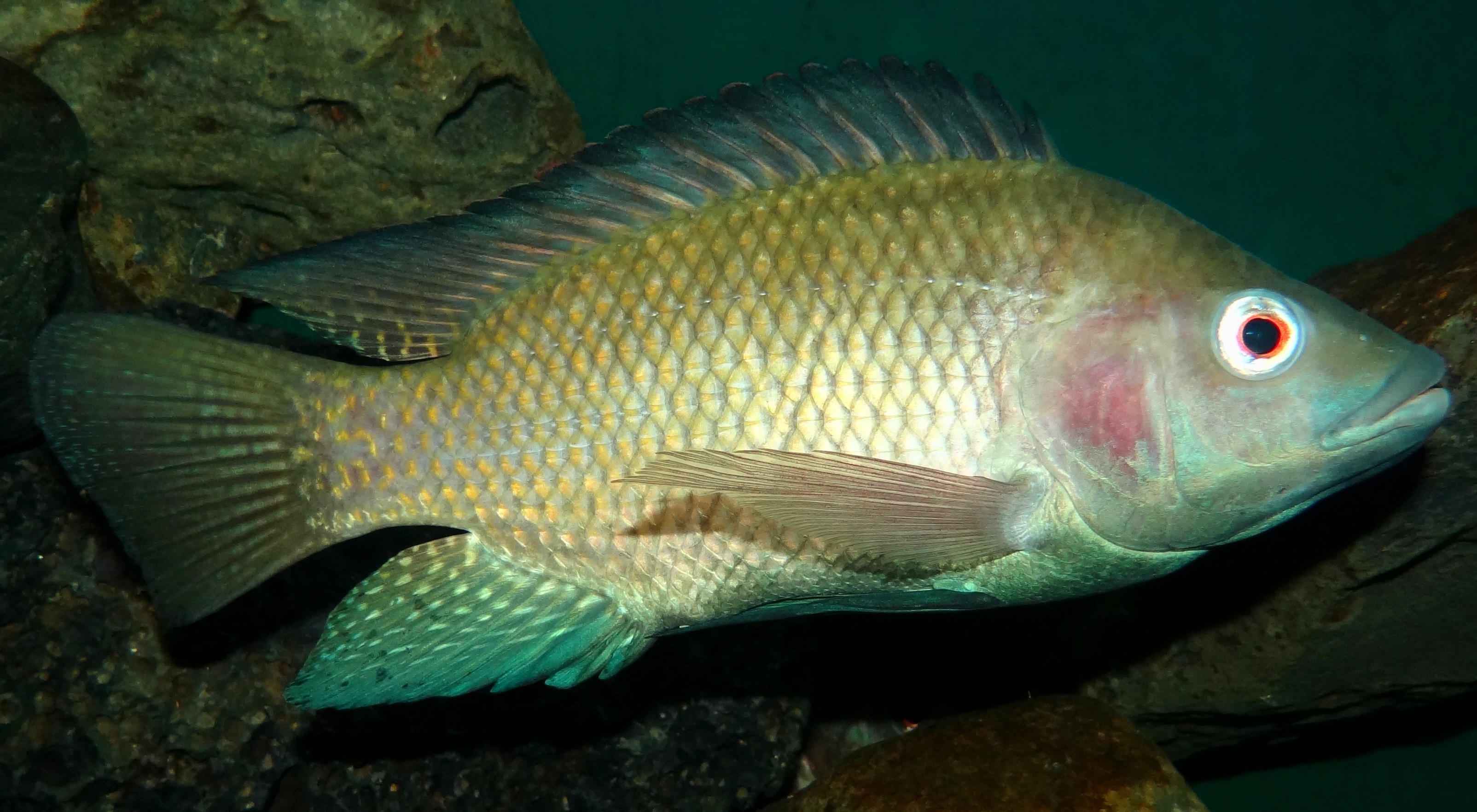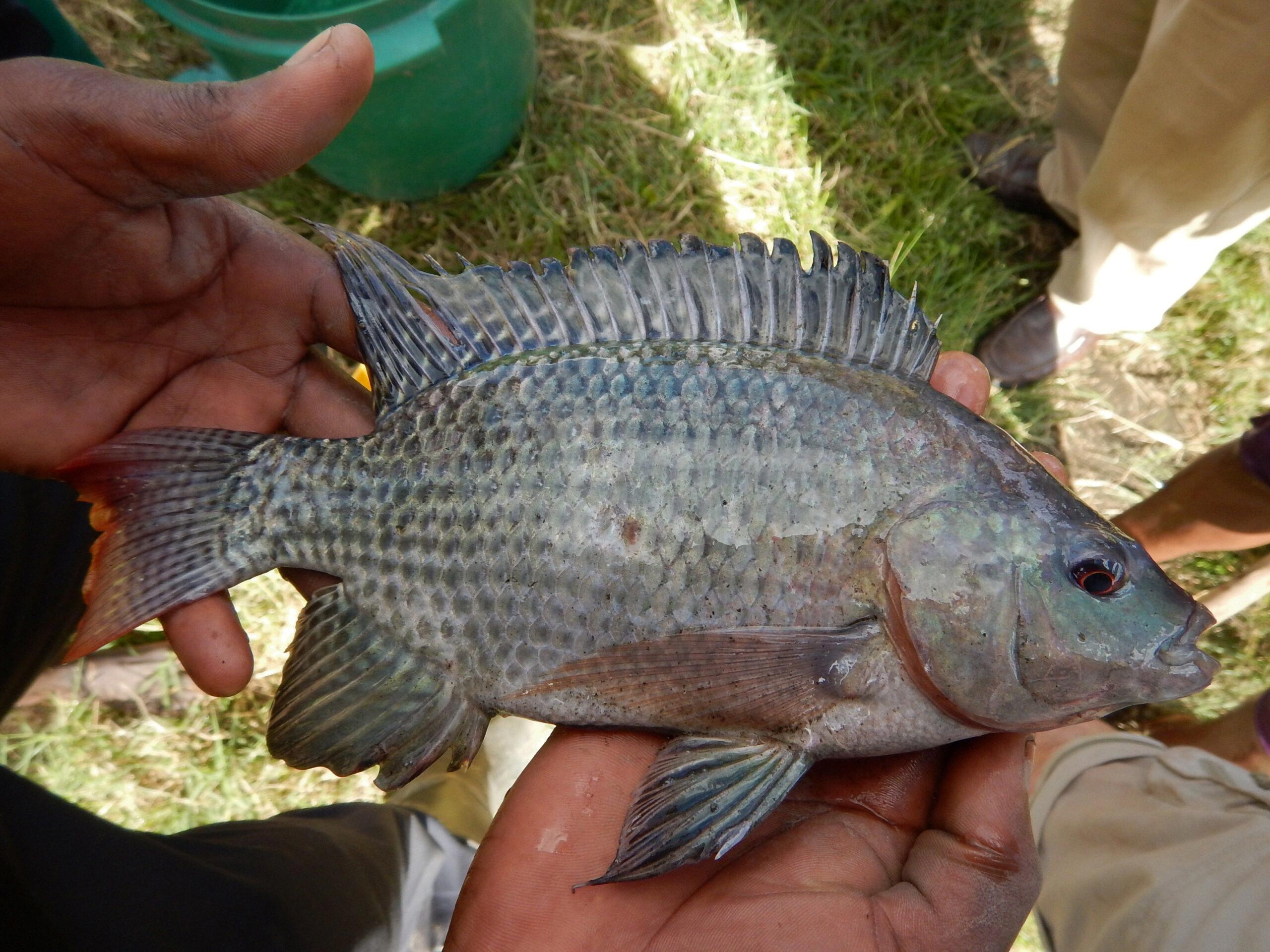Welcome to our blog post on the topic of whether tilapia has bones or not. Tilapia is a popular fish that is consumed by many people around the world. It is often used in recipes that call for a mild-tasting fish that is easy to cook and prepare. However, one question that many people have is whether or not tilapia has bones. In this post, we will explore this question in detail and provide you with all the information you need to know about tilapia and its bones.
First of all, let us start by saying that yes, tilapia does have bones. However, these bones are not as large or numerous as tose found in other fish species. Tilapia usually have a series of sharp pin bones extending from the center of each fillet out about two-thirds of the way to the edges. These pin bones can be easily removed with the help of a pair of tweezers or pliers.
It is important to note that while these pin bones can be removed, they are not harmful if consumed. In fact, fish bones are entirely edible, and in some parts of the world are even eaten on a routine basis. Bones are known to contain a variety of nutrients, such as iron and calcium that are actually good for your body.
However, if you prefer to enjoy your tilapia without any bones, there are a few things you can do to make this happen. The first and most obvious is to purchase boneless tilapia fillets. These can be found in most grocery stores and are already prepped and ready to use.
If boneless fillets are not available or you prefer to purchase whole tilapia, you can remove the pin bones yourself. To do this, simply run your fingers along the fillet and feel for any bones. Once you locate a bone, use a pair of tweezers or pliers to gently pull it out.
Tilapia does have bones, but they are not as large or numerous as those found in other fish species. These pin bones can be easily removed with the help of a pair of tweezers or pliers. Alternatively, boneless tilapia fillets can be purchased if you prefer to avoid bones altogether. Regardless of your preference, tilapia is a delicious and healthy fish that is enjoyed by many people around the world.
Is Eating Tilapia Bones Safe?
It is perfectly safe and even healthy to eat tilapia bones. Contrary to what many people believe, fish bones are enirely edible and can provide important nutrients for the body, such as calcium and iron. In fact, in some parts of the world, it is common to eat fish bones as part of a regular diet. Tilapia bones, in particular, are small and soft, making them easy to chew and swallow. However, if you are not used to eating fish bones or have concerns about choking, you can always remove them before cooking or eating your tilapia. eating tilapia bones is not only safe but can add to the nutritional value and enjoyment of your meal.

Eating Fish Without Bones
There are sevral types of fish that are known for having very few bones, making them easier and more enjoyable to eat. Some of the most popular boneless fish varieties include sole, swordfish, mahi mahi, grouper, whitefish, and perch. These fish are all known for their meaty texture and mild flavor, which makes them versatile in terms of cooking and seasoning. Additionally, they are typically sold in fillet form, which makes them even easier to prepare and serve. if you’re looking for a fish that you can enjoy without worrying about bones, any of these options are a great choice.
Does Tilapia Filet Contain Bones?
Tilapia fillets do have bones. Specifically, they have a series of sharp pin bones that extend from the center of each fillet out about two-thirds of the way to the edges. While these bones are not as large or numerous as those found in some other fish species, they can still be an unwanted addition to a tilapia meal. Therefore, it’s important to carefully remove these pin bones from the fillet before cooking or consuming them. This can be done with a pair of tweezers or a specialized fish bone removal tool.
The Reason Behind the Absence of Bones in Tilapia
Actually, Tilapia does have bones, as it is a bony fish species. However, some people migt think that Tilapia has no bones because its bones are relatively small and easy to remove, unlike other fish species such as salmon or catfish. This is why it is often preferred by many people, including those who are not fond of eating fish with visible bones. Additionally, Tilapia has a unique bone structure that makes it easier to fillet, which is why it is a popular choice among chefs and home cooks alike. Therefore, it is safe to say that Tilapia does have bones, but they are small and easy to remove, making it a great option for those who want to enjoy the taste of fish without the hassle of dealing with bones.
Disadvantages of Tilapia
One of the main disadvantages of tilapia is that they are oten raised in crowded conditions, which can make them more susceptible to diseases, parasites, and bacteria. This is because when fish are packed closely together, it creates an environment where these harmful agents can spread more easily. Additionally, some tilapia farms may use pesticides or antibiotics to prevent or treat these issues, which can pose a risk to both the fish and the consumers who eat them. However, it’s worth noting that the aquaculture industry has made strides in recent years to improve the environmental sustainability and safety of tilapia farming practices. By using cleaner, more responsible methods, farmers can produce safer, healthier fish for consumers to enjoy.

The Health Benefits of Eating Fish
When it comes to choosing the healthiest fish to eat, there are severl factors to consider. One important factor is the source of the fish. It’s best to choose fish that are sustainably caught or farmed in a way that minimizes environmental impact. Additionally, some types of fish are higher in nutrients and lower in contaminants than others.
Based on these factors, some of the healthiest fish to eat include albacore tuna (troll- or pole-caught, from the US or British Columbia), salmon (wild-caught, Alaska), oysters (farmed), sardines (wild-caught, Pacific), rainbow trout (farmed), and freshwater coho salmon (farmed in tank systems, from the US). These fish are all rich in omega-3 fatty acids, which are important for heart and brain health. They are also relatively low in contaminants such as mercury and PCBs. Of course, it’s always a good idea to consult with a healthcare provider before making any major dietary changes.
The Least Healthiest Fish to Eat
When it comes to the least healthiest fish to eat, we should consider the level of mercury present in the fish. Mercury is a toxic substance that can cause various health problems, especially neurological damage. Therefore, it is essential to limit the consumption of fish that contain high levels of mercury. The fish that are known to have the highest levels of mercury include imported swordfish, imported marlin, shark, and tilefish. These fish are known to accumulate high levels of mercury in their flesh due to their long lifespan and predatory nature. Consuming these fish regularly can lead to mercury poisoning, which can cause serous health problems. It is advisable to choose fish that are low in mercury, such as salmon, sardines, trout, and herring, to promote good health and well-being.
The Fish With the Most Bones
One fish that is known for having a lot of bones is the shad. In fact, shad have approximately 3,000 bones in their body, whih is quite a remarkable number. However, there are also other fish species that have extra sets of bones, such as northern pike, pickerel, carp, herring, squawfish, mooneye, and buffalofish. While these fish may not have as many bones as shad, they can still be quite bony and require careful preparation to remove the bones before consuming. Despite the abundance of bones, shad is considered to have a delicious taste and is even referred to as “tastiest” in its Latin name, sapidissima.
Do Fish Have Bones?
Most fish have bones in them. These bones are called osteichthyan bones and they provide support and protection to the fish’s body. However, there are some exceptions to this rule. For instance, cartilaginous fish like sharks and rays have cartilage instead of bones. Additionally, some fish like hagfish and lampreys have a notochord instead of a backbone. Nonetheless, the vast majority of fish species have bones in their bodies. These bones can be found in various parts of the body, including the skull, vertebrae, ribs, and fins. The bones in fish are also used for swimming, as they help the fish to move throuh water by flexing and contracting. bones are an important feature of most fish species and play a critical role in their survival and function.

Source: globalseafood.org
Is Tilapia a Healthier Alternative to Meat?
When it coes to comparing tilapia to meat, it’s important to consider various factors. In terms of overall nutritional value, tilapia is a healthier option than most types of meat. This is because tilapia is low in calories and fat, making it a great choice for those looking to maintain a healthy weight. Additionally, tilapia is a good source of protein, which is essential for building and repairing muscles.
One of the key benefits of tilapia is that it offers more omega-3 fatty acids than other types of meat. Omega-3s are important for heart health and can help reduce the risk of heart disease. Tilapia is also lower in mercury compared to other fish, making it a safer option for pregnant women and children.
While meat can be a good source of nutrients like iron and zinc, it’s important to choose lean cuts and limit intake due to the high saturated fat content. In contrast, tilapia is a lean protein source that provides many essential vitamins and minerals, including vitamin B12, selenium, and phosphorus.
While both tilapia and meat can be part of a healthy diet, tilapia offers unique benefits that make it a healthier choice for many people.
Conclusion
While it is true that some fish species, including tilapia, may have bones, it is important to note that these bones are entirely edible and can provide valuable nutrients to the body. While tilapia may have small pin bones extending from the center of each fillet, they are not as large or numerous as in some other fish species. Therefore, with proper preparation and care, tilapia can still make for a delicious and nutritious meal. So, if you’re looking to incorporate more fish into your diet, don’t let the presence of bones in tilapia deter you!
